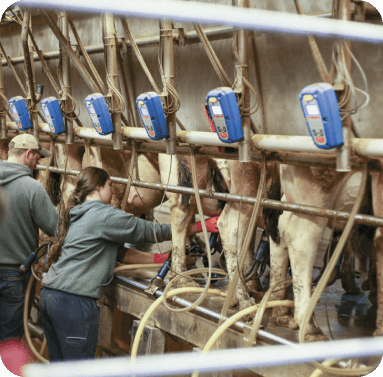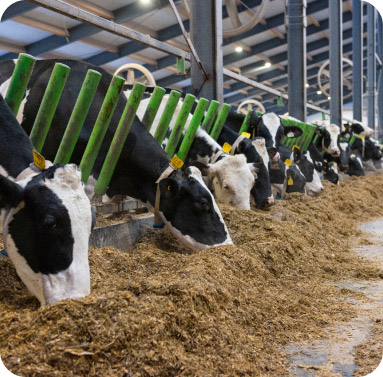The Hidden Cost of Heat Stress
As global temperatures continue to rise, heat stress has become a critical issue in livestock management, with mortality rates causing significant financial losses. Heat stress occurs when an animal’s heat load exceeds its capacity to lose heat, leading to impaired performance, health and, ultimately, survival rates.
The Economic Toll
The economic impact of heat stress on livestock production is substantial. Mortality not only means the immediate loss of investment in the deceased animal, but also represents a missed opportunity for future income from meat, eggs, and offspring. Moreover, sublethal heat stress has hidden costs, including decreased overall flock performance, and increased veterinary expenses due to heat-induced health problems.
Let’s take the example of a broiler breeder production that produces an average of 135 chicks per cycle. Here are some numbers;
- $ 0,72 is the average price per chick produced
- A 0.5% performance loss means 0,675 chick per breeder.
- This represents a $ 0.49 loss per breeder (0.675 chick per breeder * $ 0.72 per chick).
- In total, this translates into a loss of $0.0353 per breeder ($0.049 chicks per breeder x $0.72 per chick).
Investing in Prevention
Preventive measures to combat heat stress represent a strategic investment in the longevity and productivity of livestock operations. Facility improvements, such as better ventilation systems, shade structures, and water-cooling methods, can significantly mitigate the heat load on animals. In addition to structural changes, advanced precision nutrition programs, designed to provide the right nutrients in the most convenient form to ensure animals have all they need to maintain the expected performance, can also play a vital role.
Advanced nutrition might involve the inclusion of electrolytes to maintain hydration, antioxidants to combat heat-induced oxidative stress, and more accessible energy sources to reduce the metabolic heat associated with digestion.
Conclusion
Investing in preventive measures for heat stress is not merely a cost but a critical investment in the sustainability and profitability of livestock operations. Buy implementing facility improvements and advanced nutrition strategies, producers can improve animal welfare, performance, and their bottom line. As the climate continues to challenge conventional farming practices, the adoption of such measures is not only wise but also essential for the future of the livestock industry.
your rep to
call you back



